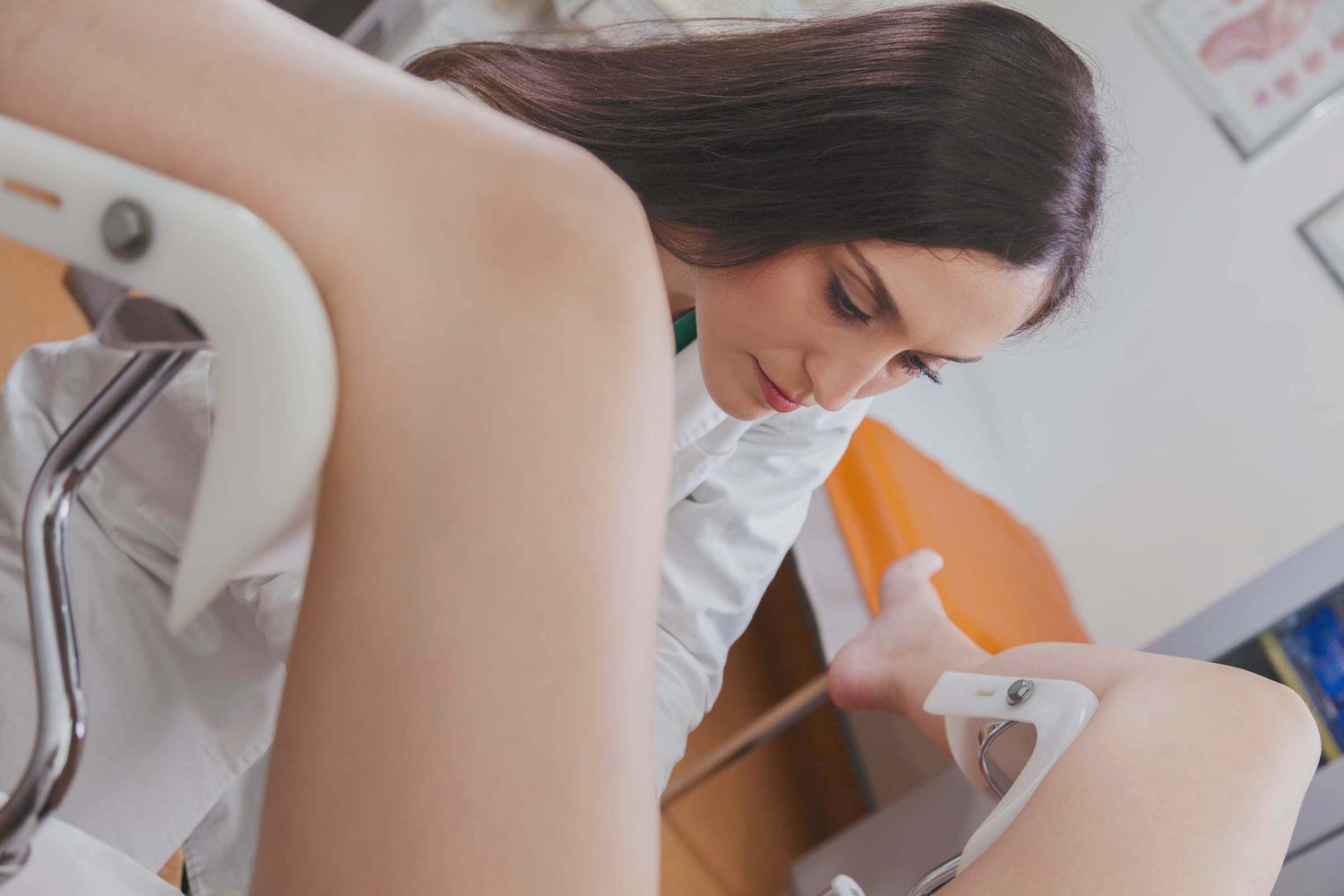[ad_1]
Bacterial vaginosis and yeast infections are different conditions despite having similar symptoms. Here’s what to know about BV and yeast infections.

The vagina boasts a delicate balance of vaginal flora (bacteria) and natural yeast. But, sometimes, the balance is disrupted and vaginitis occurs.
Yeast infections and bacterial vaginosis (BV) are both common types of vaginitis. These conditions are not considered serious in most cases.
Quick FAQs
The symptoms of bacterial vaginosis include an unpleasant smelling discharge, a discharge that’s white in color, and a swollen vagina.
Some of the symptoms of a yeast infection include vaginal sores, painful urination, and painful intercourse.
Bacterial vaginosis is treated with antibiotics, while a yeast infection is treated with antifungal medication.
While BV and yeast infections have similar symptoms, the two conditions are actually quite different. Here’s a closer look at bacterial vaginosis vs yeast infection, the causes of both, and typical treatments for each condition.
Bacterial Vaginosis vs Yeast Infection
Vaginitis is a diagnosis used in medicine for vaginal inflammation. While several conditions can cause inflammation of the vagina, BV and yeast infections are the two most common. Studies show:
- 40 to 50 percent of vaginitis cases are BV
- 20 to 25 percent of vaginitis cases are vulvovaginal candidiasis (yeast infection)
Bacterial vaginosis is a vaginal bacteria infection that stems from an overgrowth of different types of bacteria. Gardnerella vaginalis is the most common. By contrast, a yeast infection is a fungal infection caused by an overgrowth of Candida-type fungus.
Both BV and yeast infection can cause symptoms like itching, burning, and unusual discharge. However, there are telltale differences between the two types of vaginitis to know in terms of symptoms and treatment.
Bacterial Vaginosis Symptoms
BV is less likely to cause noticeable symptoms than a yeast infection, even though symptoms are still common.
Only around half of women who have a vaginal bacteria infection actually notice their symptoms. Symptoms of BV can include:
- A thin-consistency discharge that can be grayish or white
- Discharge smells highly unpleasant, often described as “fishy”
- Odors may worsen after sex or while menstruating
- Itching or burning around the vagina
- The vagina may appear swollen and red
- Discomfort during urination
Yeast Infection Symptoms
Yeast infection symptoms tend to be highly noticeable, but the infection may be mild enough that symptoms are subtle.
Symptoms of a yeast infection can include:
- Itching
- Burning
- Redness
- Painful intercourse
- Vaginal sores
- Painful urination
Bacterial Vaginosis Causes
The cause of BV is when good bacteria known as lactobacilli, and bad bacteria known as anaerobes, are unbalanced, with more bad bacteria than good.
Common risk factors for developing bacterial vaginosis include:
- Using vaginal douches or scented soaps
- Having multiple or new sexual partners
- Having unprotected sex
- Having a natural lack of “good” vaginal bacteria
- Smoking
- Using an intrauterine device (IUD) for contraception
Yeast Infection Causes
A yeast infection is caused by an overgrowth of some type of naturally present yeast.
Good bacteria normally work to keep the volume of yeast in a healthy place. But the balance between yeast and bacteria can easily be disrupted.
The disruption allows the yeast to penetrate the cellular layers of the vagina, which leads directly to the symptoms.
The risk factors for developing a yeast infection include:
- Taking antibiotics
- Pregnancy
- Immune system issues
- Birth control
- Diabetes
BV Treatment
BV is usually treated with oral antibiotics like clindamyacin or metronidazole.
The antibiotics may be prescribed to take for several days. Additionally, it is possible for BV to come back after treatment.
Other antibiotic options may be recommended depending on the situation, such as oral secnidazole or topical tinidazole.
BV is highly prevalent between women who have sex with women. Female sexual partners should take extra caution by getting regularly tested.
Yeast Infection Treatment
Even though the symptoms can be concerning and uncomfortable, yeast infections are treatable.
The most typical treatment involves using an over-the-counter topical antifungal medication like miconazole or terconazole.
Be sure to follow the instructions on the label of the medicine bottle when taking it.
Prevention Tips
For all types of vaginitis, there are steps that can be taken to lower your risks, such as:
- Avoiding douche, scented soaps, and scented skin or feminine products
- Always wipe from the front to the rear during bathroom visits
- Avoiding long bath soaks or long hot tub soaks
- Always change out of damp or wet clothing as soon as possible
- Make nutrition changes, such as avoiding high sugar intake and including probiotics in your diet
- Wear moisture-wicking underwear and clothing that allows airflow to the vagina
- Always wear protection, such as condoms during penetrative sex or Lorals for Protection during oral or female-on-female sex
Takeaways
While types of vaginitis like BV and yeast infections can be worrisome, both are highly common types of vaginitis, and highly treatable.
Both yeast infections and BV share similar symptomatic traits, but the root causes and how each is treated are wholly different.
If you are looking for added protection from vaginitis, be sure to take a look at Lorels for Protection. Lorels are latex underwear specifically designed to prevent the exchange of bodily fluids—and therefore lower the risks of vaginal flora disruption—during oral sex.
Related Articles
[ad_2]
Source link





